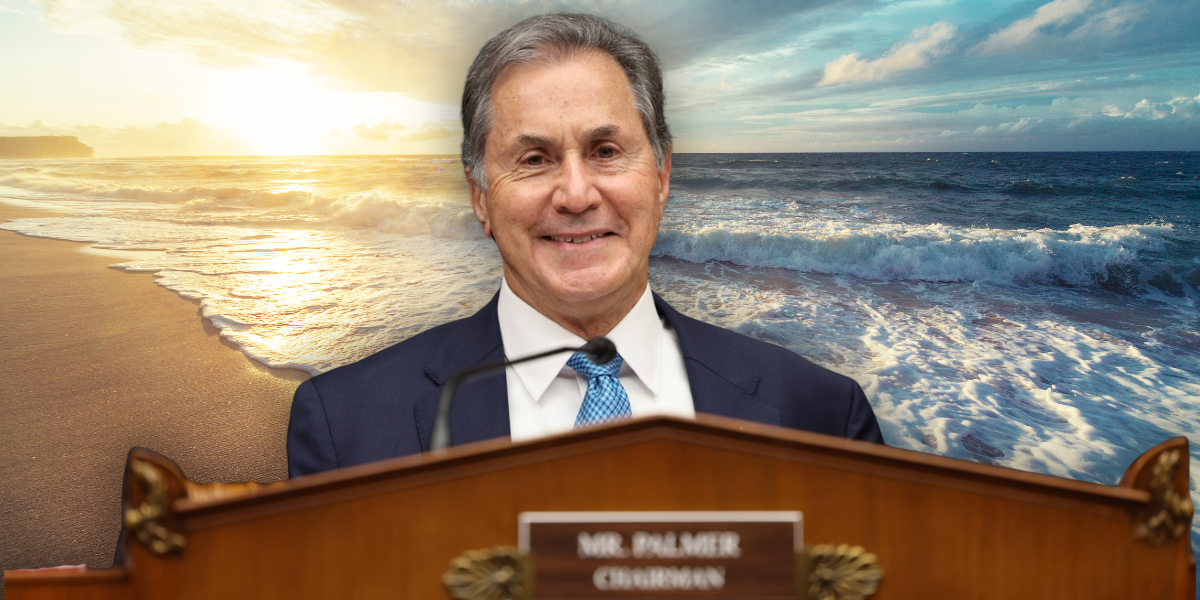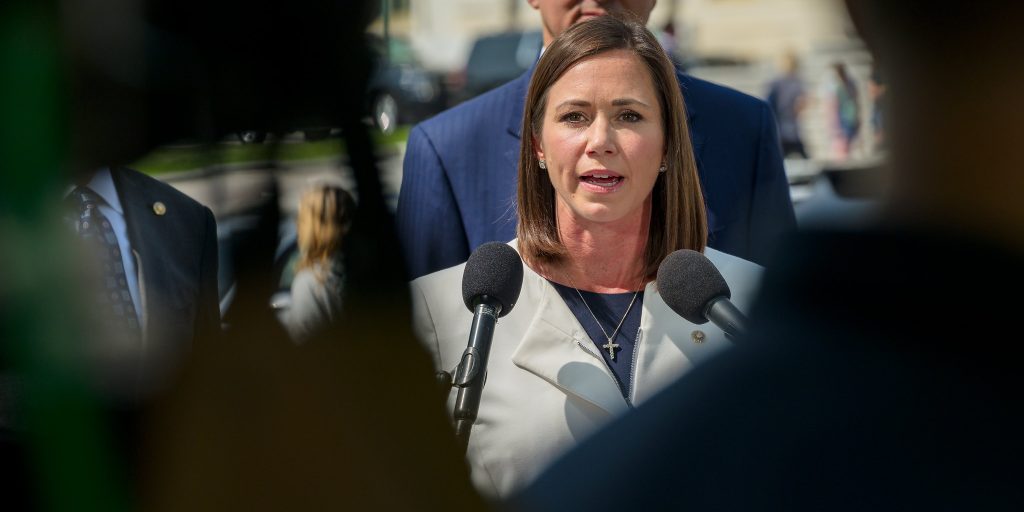U.S. Rep. Gary Palmer (R-Hoover) complimented the Environmental Protection Agency (EPA) recently for proposing a new rule that would rein in federal overreach that was seen during the Biden administration.
Palmer participated in an event at the EPA Headquarters Wednesday where the EPA and the Department of the Army announced a proposed rule that would establish a clear, common-sense definition of “waters of the United States” (WOTUS) under the Clean Water Act.
“This proposed rule is long overdue and a win for the American people,” Palmer said.
“The Biden Administration’s EPA exercised federal overreach by using a broad definition of WOTUS and failing to implement the direction provided by the Supreme Court in 2023. Thankfully, common sense is back at the EPA.”
The proposed rule follows the U.S. Supreme Court’s 2023 decision in Sackett v. EPA, cutting regulatory red tape and providing clarity for American farmers, ranchers, energy producers, businessowners, and landowners.
“I am confident that the rule will prioritize clean water and empower American industry simultaneously,” Palmer continued, “and I am thankful for Administrator Zeldin’s leadership in bringing common sense solutions back to the EPA.”
According to the EPA, key proposed revisions include:
- Defining key terms like “relatively permanent,” “continuous surface connection,” and “tributary” to appropriately delineate the scope of WOTUS consistent with the Clean Water Act and Supreme Court precedent;
- Establishing that jurisdictional tributaries must connect to traditional navigable waters either directly or through other features that provide predictable and consistent flow;
- Reaffirming that wetlands must be indistinguishable from jurisdictional waters through a continuous surface connection, which means that they must touch a jurisdictional water and hold surface water for a requisite duration year after year;
- Strengthening state and tribal decision-making authority by providing clear regulatory guidelines while recognizing their expertise in local land and water resources;
- Preserving and clarifying exclusions for certain ditches, prior converted cropland, and waste treatment systems; Adding a new exclusion for groundwater; and
- Incorporating locally familiar terminology, such as “wet season,” to help determine whether a water body qualifies as WOTUS;
- In addition, the limitation to wetlands that have surface water at least during the wet season and abut a jurisdictional water will further limit the scope of permafrost wetlands that are considered to have a continuous surface connection under the proposed rule. These proposed changes are intended to provide clarity and consistency to the continuous surface connection definition.
Yaffee is a contributing writer to Yellowhammer News and hosts “The Yaffee Program” weekdays 9-11 a.m. on WVNN. You can follow him on X @Yaffee












